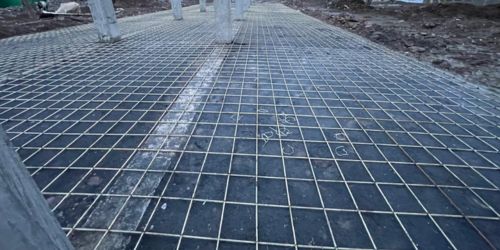When considering material costs, GFRP rebars may seem more expensive upfront than traditional steel. However, a closer look at their lifecycle reveals substantial cost savings. GFRP rebars do not corrode, eliminating the need for costly repairs associated with steel in corrosive environments. Their lightweight nature also reduces transportation and installation expenses. This blog delves into the detailed cost comparison of GFRP and steel, considering factors like maintenance, longevity, and performance. For projects in marine environments or bridge construction, GFRP rebars often prove to be the more economical choice over time, ensuring long-term value for infrastructure investments.
While the initial cost of GFRP rebars may be higher than steel, the long-term savings are significant. This blog provides a detailed cost comparison between GFRP and steel, factoring in maintenance, repair, and lifespan. It explains how GFRP’s durability and resistance to corrosion result in reduced lifecycle costs, making it a cost-effective choice for modern infrastructure projects.
